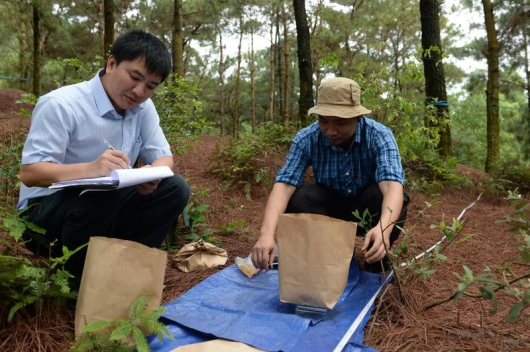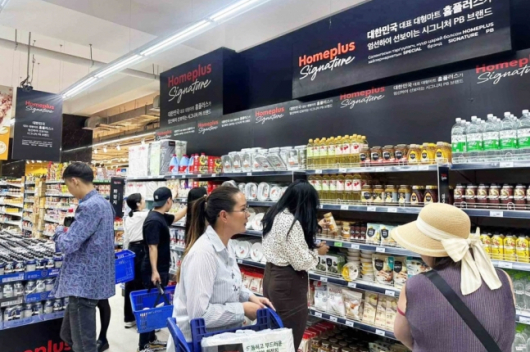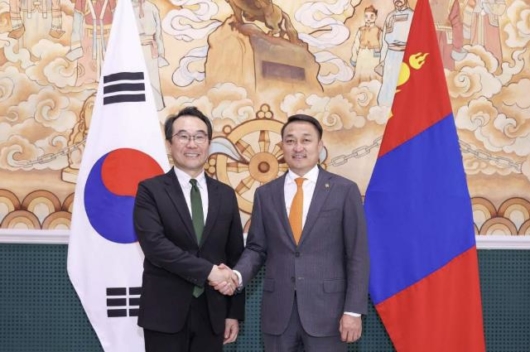Hwang Sa, meaning Yellow Dust, in Korean is a phenomenon which has been recorded since the 2nd century CE, in which the peninsula is blighted by a thick haze. The source of the dust is the Gobi Desert of Mongolia. Due to climate change and chronic desertification, Hwang Sa is becoming an increasing problem in Korea – in Mongolia, however, the extending desert is hitting local livelihoods.
South Korea’s overseas aid agency said Wednesday that it will join forces with a domestic bank and a nongovernmental organization in working to prevent desertification in Mongolia, which is one of the origins of the Yellow Dust.
The heads of the Korea International Cooperation Agency (KOICA), KB Kookmin Bank and Green Asia, a Seoul-based NGO fighting against climate change, signed a trilateral memorandum of understanding on cooperation over climate change in Mongolia, KOICA officials said. The MOU came after KOICA adopted Green Asia’s proposal for reforestation of the Mongolia’s desert areas and increasing income for local victims of desertification. KB Kookmin Bank joined the effort to maximize the effects of the anti-desertification project, the officials explained.
Under the MOU, the three Korean entities will plant 100,000 fruit trees in seven areas around Ulaanbaatar, the capital of Mongolia, over five years from 2019, they said. In addition, the fruit produced from the new trees will be processed and sold to help increase the incomes of about 600 residents in the areas.
Lee Mi-kyung, president of KOICA, said at the signing ceremony that the MOU is a new milestone that combines the government agency with expertise, creativity and financial resources of private partners.
 3,575.44
3,575.44












Related News